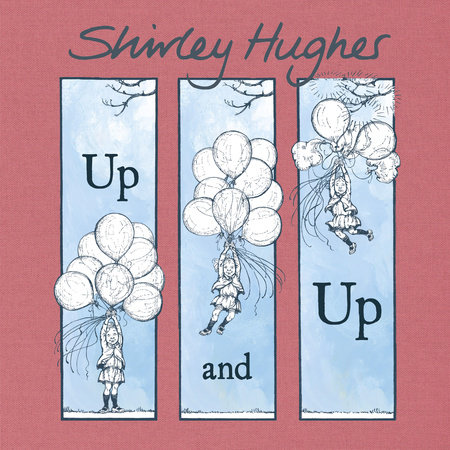Your bag is empty
Don't miss out on great deals! Start shopping or Sign in to view products added.
Shop What's New Sign in
Invite your children to co-author a story!
Literacy involves much more than reading words on a page and wordless books are an often overlooked tool in the literacy toolbox. Have you been overlooking them? I have!
“Reading” wordless books increases vocabulary. Your children have two sets of vocabulary: one they can understand when they hear it but not use and one they can understand and properly use in a sentence. Reading wordless books challenges and increases that second set of vocabulary skills.
“Reading” a wordless book gives your children an opportunity to practice building a story long before they can write one and collecting thoughts and verbalizing them is foundational to writing. Wordless books are also wonderful for children with diverse language backgrounds or language delays.
“Reading” a wordless book ignites the imagination and creativity and develops language through discussion.
Critical thinking is exercised as children “read” wordless books; they must make sense of the story, interpret the images and understand the sequence of events.
There is no right or wrong way to read a wordless book but here are a few tips.
Wordless books are a great pre-school activity as they boost pre-reading skills.
Pancakes for Breakfast by Tomie DePaola is a wordless picture book about the trials an old woman encounters as she attempts to make pancakes for herself.
Up and Up by Shirley Hughes is a favourite wordless book and a must-have!
Your children will learn all about the differences between two cultures without ever reading a word in Jeannie Baker’s Mirror.
The Snowman by Raymond Briggs is a wordless story with the hazy softness of air in snow.
Wordlessly two companions walk along in Owl Moon by Jane Yolen, for when you go owling you don’t need words.
by Adrianne Curwen
Adrianne is a wife to a public-school educator/administrator and a homeschooling Mama to seven children, ranging in age from 9 to 26 and in 2021 the family added a son-in-law to the bunch. She believes that we have a unique opportunity as homeschoolers to design individualized education that suits giftings, interests, and passions. She and her husband have used a blend of registered homeschooling, enrolment with independent DL schools, and participation in public trade school programs to design individualized programs for their children. She is passionate about using as many read-alouds, picture books, novels, and conversations to educate her children but also gets excited by the amazing homeschool-designed curriculum that’s out there. Adrianne is thrilled by her new role with Classical Education Books and is grateful to have an opportunity to learn something new. She is grateful, every day, for her saviour, Jesus Christ, and has no greater joy than when she sees her most important missions field walk with Him.